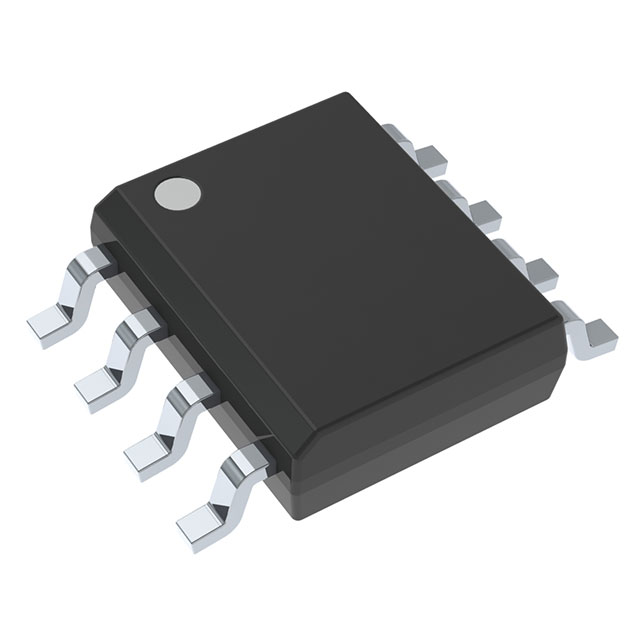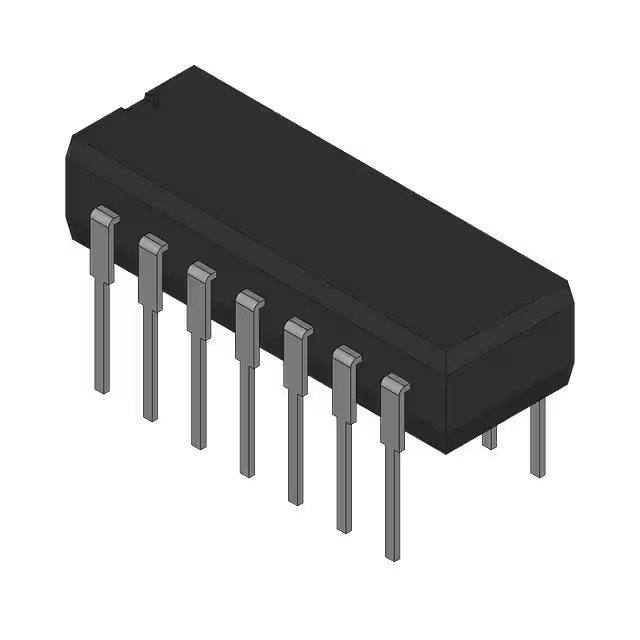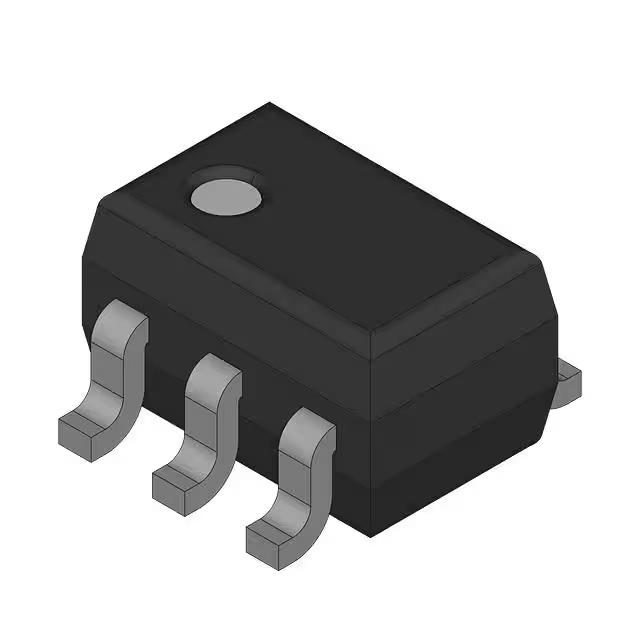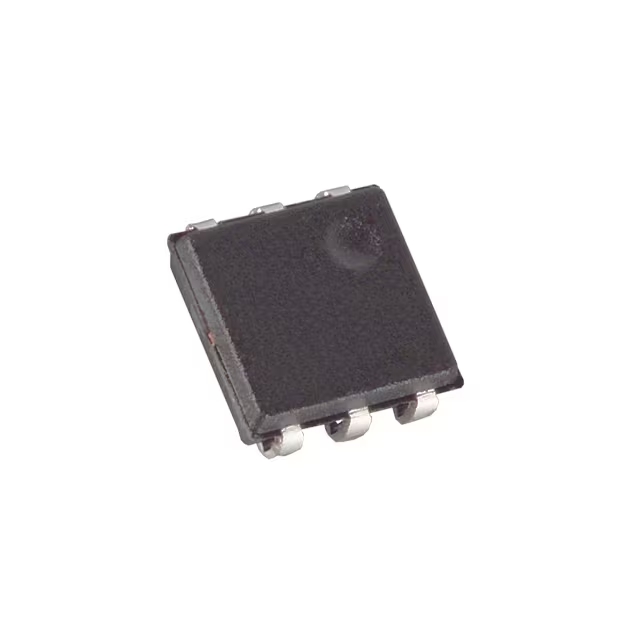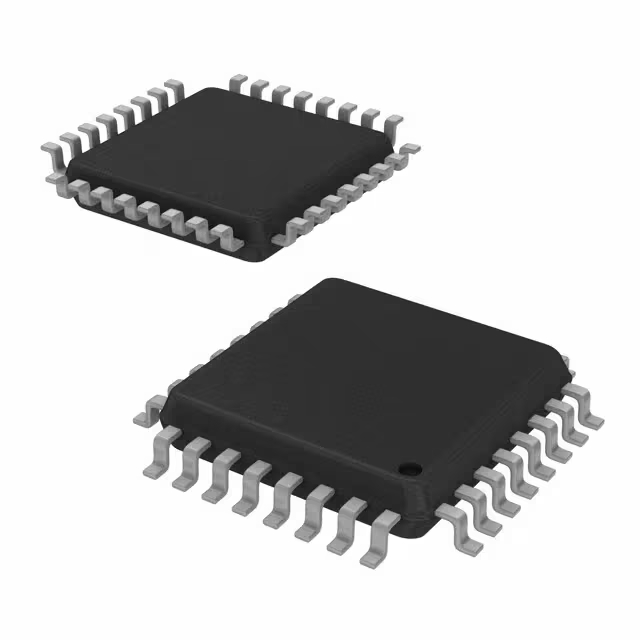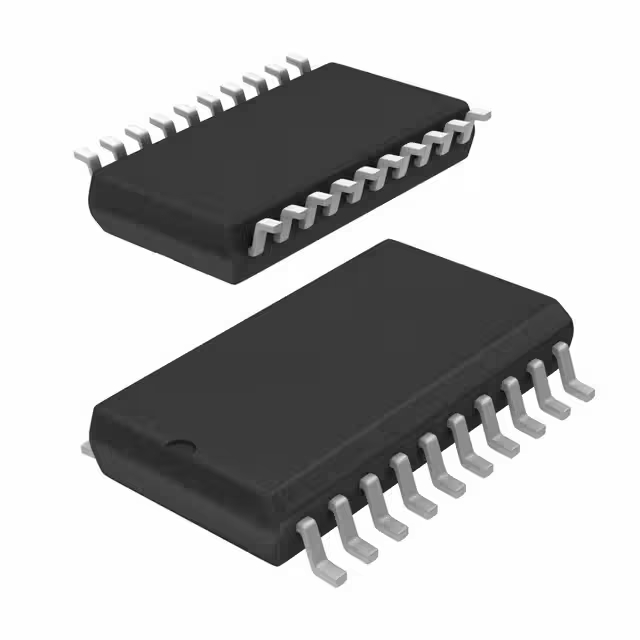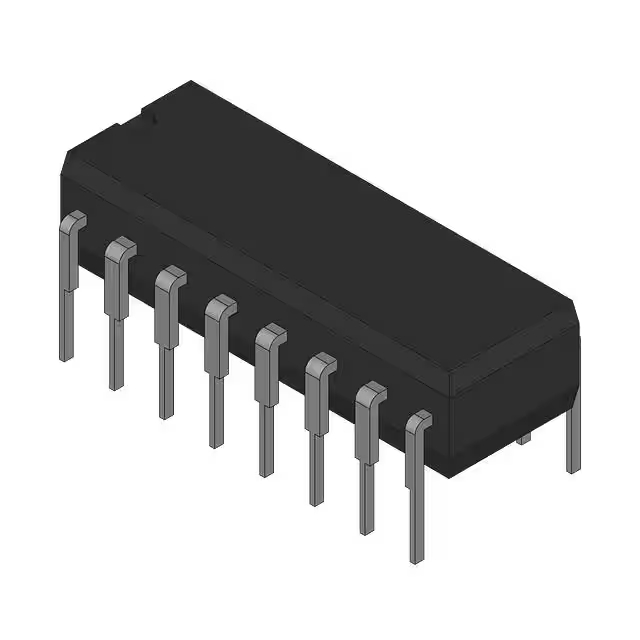INA826AID datasheet & price | pdf
- Amplifier Type: Instrumentation
- Number of Circuits: 1
- Output Type: Rail-to-Rail
- Package: 8-SOIC (0.154, 3.90mm Width)

FREE delivery for orders over HK$250.00

Quick response, quick quotaton

Flash shipment,no worries after sales

Original channel,guarantee of the authentic products
Working of INA826 instrumentation amplifier for Pt100 RTD (2 Solutions!!)
INA826AID
The INA826AID is a precision, low-power instrumentation amplifier that’s great for various applications. It has an adjustable gain up to 1000x, which you can tweak using external resistors to suit your signal amplification needs. The low power consumption (75µA typical) makes it perfect for portable and battery-powered devices. With a very low input bias current (5nA max) and offset voltage (200µV max), it ensures highly accurate signal amplification. It also works across a wide voltage range (2.7V to 36V), making it adaptable to different power setups. The amplifier also offers excellent common-mode rejection (CMRR), usually around 120dB, which is crucial for measuring small signals. With its low noise, it’s ideal for sensitive instruments and sensor applications. The SOIC-8 package makes it easy to integrate into compact designs.
INA826AID Pinout

| Pin Number | Pin Name | Function Description |
|---|---|---|
| 1 | V+ | Positive power supply input pin, provides power to the chip. |
| 2 | V- | Negative power supply input pin, connects to ground. |
| 3 | Ref | Reference voltage pin, used for the standard voltage of the device output signal, typically connected to an external reference voltage source. |
| 4 | Vin+ | Positive input pin, used to receive the input signal. |
| 5 | Vin- | Negative input pin, provides the input signal along with Vin+. |
| 6 | Output | Output pin, provides the output signal after amplification. |
| 7 | Gain | Gain adjustment pin, used to adjust the external resistance to set the gain of the device. |
| 8 | GND | Ground pin, typically connected to the system’s ground. |
Here’s how to use the INA826AID properly. First, connect the V+ and V- pins to provide the power. Just make sure the voltage is between 2.7V and 36V to keep it running smoothly. The Ref pin is for setting the reference voltage, so you’ll connect it to a stable external reference voltage source. For the input, use the Vin+ and Vin- pins to feed the differential signal, but don’t exceed the supply voltage range. The Output pin gives you the amplified signal, just ensure the amplitude and frequency stay within the chip’s limits to avoid damage. Lastly, the Gain pin lets you adjust the gain using an external resistor, but make sure the gain settings keep the input signal within the chip’s linear range to prevent distortion.
INA826AID Equivalent
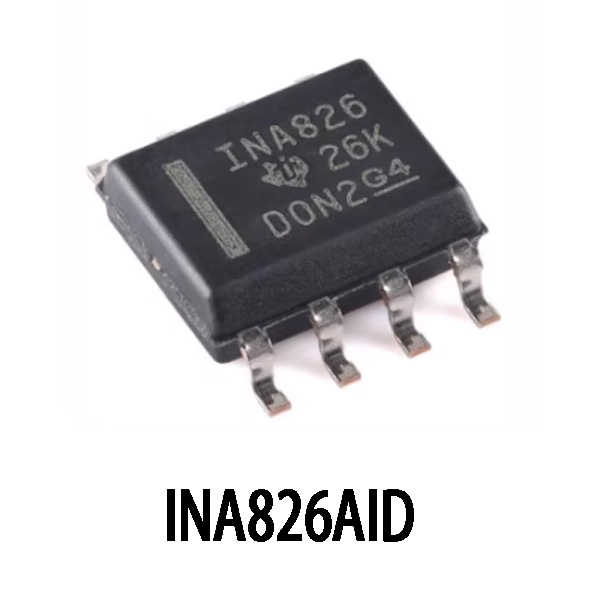
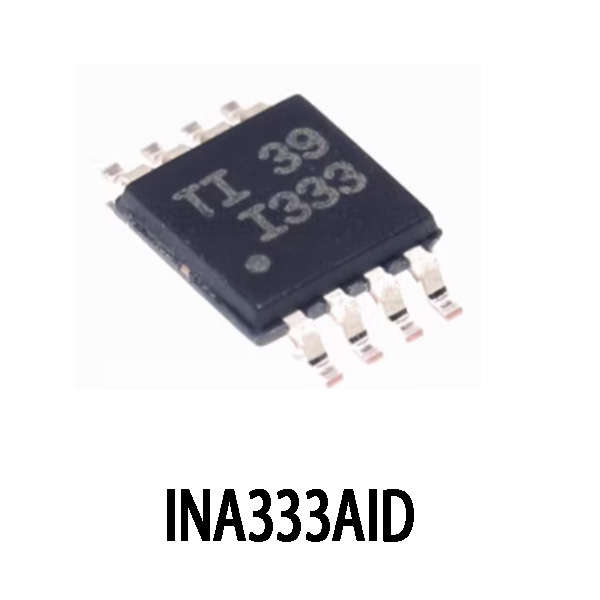
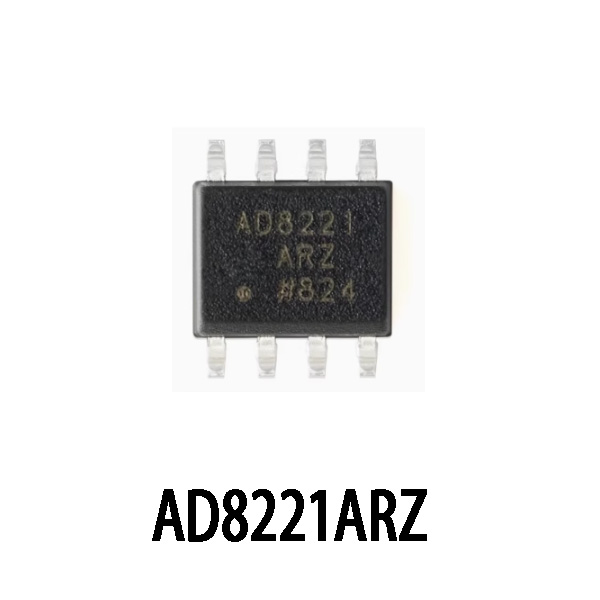
| Parameter | INA826AID | INA333AID | AD8221ARZ |
|---|---|---|---|
| Gain Range | 1 to 1000 | 1 to 1000 | 1 to 1000 |
| Input Offset Voltage | 200 µV | 25 µV | 50 µV |
| Input Bias Current | 5 nA | 1 nA | 2 nA |
| Operating Voltage | 2.7V to 36V | 1.8V to 36V | 3V to 36V |
| Package Type | SOIC-8 | SOIC-8 | SOIC-8 |
| Notes | Precision, low power, ideal for sensor applications | Lower offset voltage, more sensitive for precision work | High accuracy with a wide input voltage range |
When considering replacements for the INA826AID, the INA333AID is a great option. It has a lower input offset voltage (25µV) and better input bias current, which makes it more accurate for precise applications. However, it operates at a lower minimum voltage of 1.8V, so make sure that fits your power requirements. On the other hand, the AD8221ARZ is another solid alternative. It has a similar gain range but comes with a slightly higher offset voltage (50µV). It’s more versatile and works well for general applications where ultra-precision is not the primary concern. When choosing a replacement, think about how much precision you need and what your voltage range is.
iINA826AID Differential Amplifier Circuit
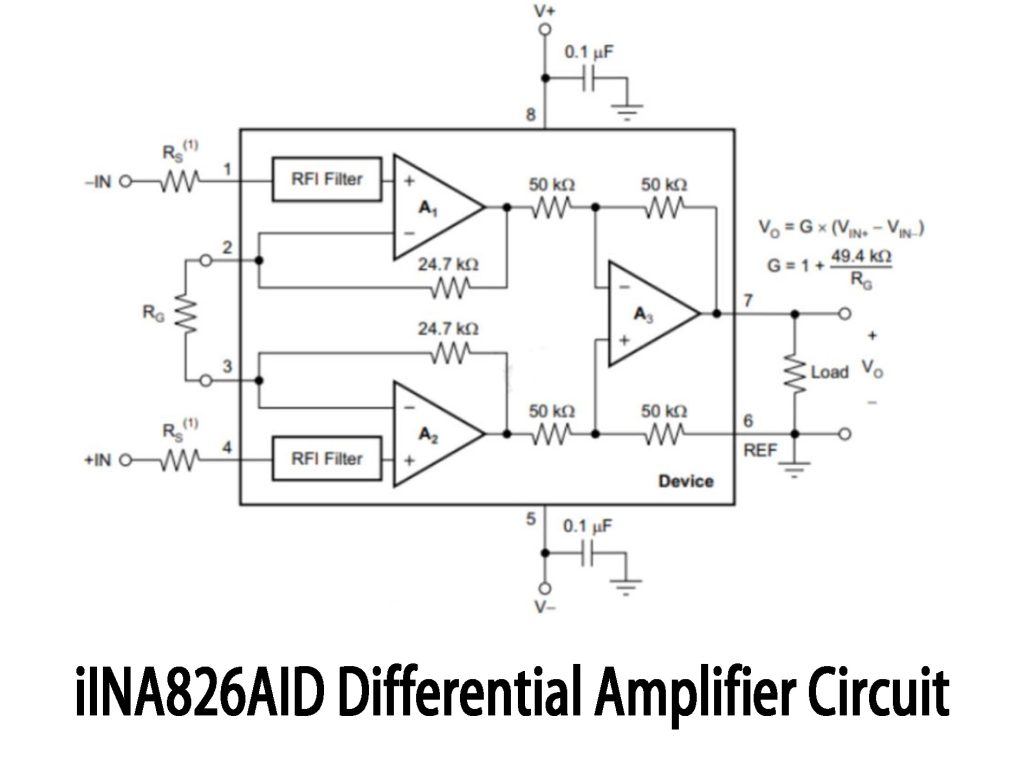
The INA826AID circuit is designed for amplifying differential signals. The inputs, +IN and -IN, receive the differential signal, and the resistors (RS) at each input help filter out noise, ensuring cleaner signals. The gain is set by the external resistor RG, with its value affecting how much the input signal is amplified. The formula for gain is G=1+49.4RGG = 1 + \frac{49.4}{R_G}, so a smaller RG means a higher gain.
The circuit has three operational amplifiers: A1 and A2 handle the initial amplification of the differential signal, and A3 amplifies it further before output. The output voltage (Vout) is the amplified signal, and the REF pin helps set the reference voltage, ensuring proper signal output. Capacitors C5 and C6 filter power noise to keep the system stable.
Make sure to select the right RG for your needs to avoid distortion or insufficient gain, and ensure a stable power supply for accurate results.
INA826AID Amplifier Application
The INA826AID is a versatile amplifier with many practical uses. In sensor signal conditioning, it helps boost weak differential signals from sensors like temperature, pressure, or accelerometers, making them ready for further processing. It’s also used in medical equipment to amplify bioelectrical signals, like ECG or EMG, ensuring precise measurements. In data acquisition systems, it enhances low-level signals for ADC processing, with adjustable gain up to 1000x. For audio processing, its low noise feature ensures high-fidelity sound reproduction. It also shines in high-precision measurement systems, such as voltage references, where it accurately amplifies low voltage signals. Lastly, in battery monitoring systems, its low power consumption makes it perfect for long-term battery-operated devices, ensuring you can monitor battery health without draining too much power.
